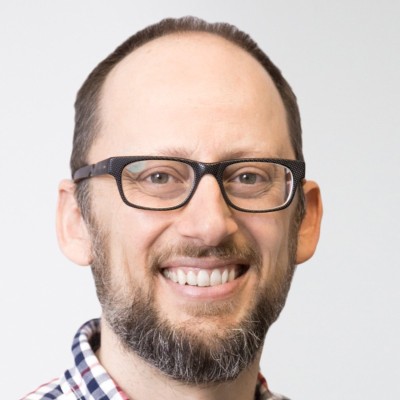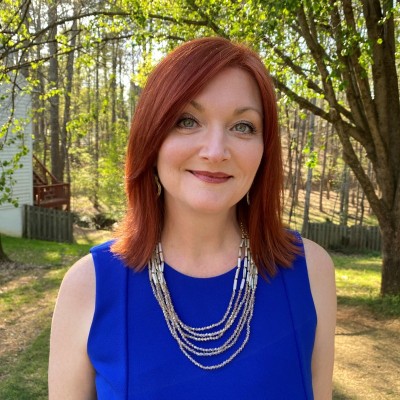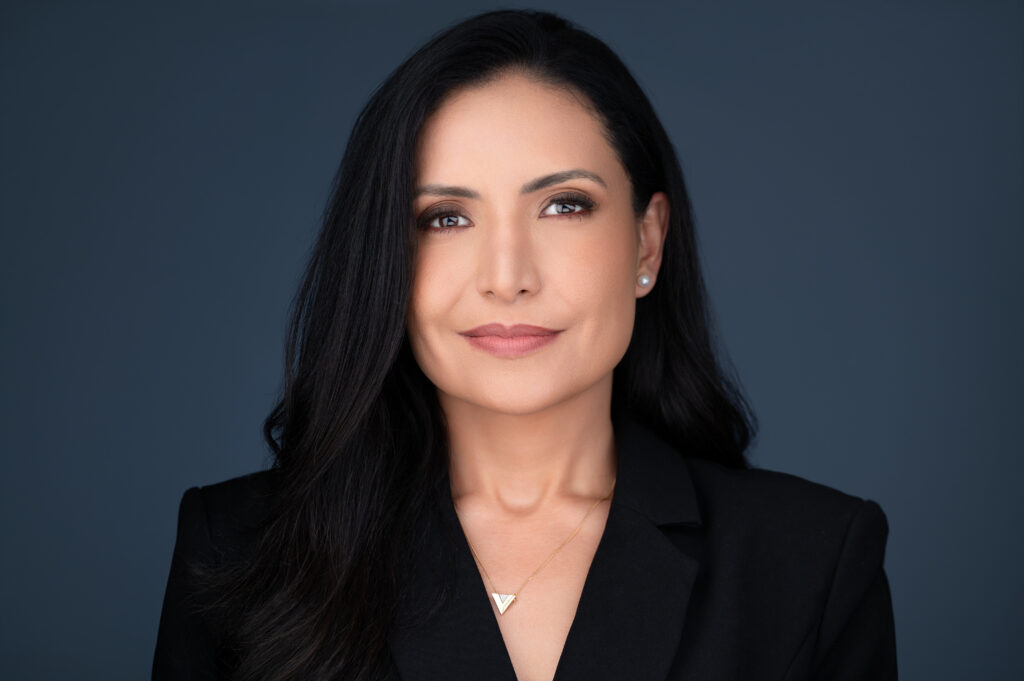About Jere Smith
Jere Smith is the Director of Capital Improvements for Atlanta Public Schools, one of the nation’s largest urban school districts. He is also the President of the Construction Owners Association of America (COAA), and serves on the Atlanta Public Schools Career and Technical Education Advisory Board and the Clemson University Industry Advisory Board and has served as the President of the Association for Learning Environments. Prior to that, he served as a project manager at architectural firms, as a building inspector for the city of Atlanta, and as an engineer giving him a strong foundation in AEC Proposals and the industry.
In this episode of AEC Marketing for Principals, Jere discusses best practices for firms looking to make an impact with their AEC proposals and interviews, he discusses common mistakes that firms often make that can be jarring or distracting for the selection committee, and he offers specific details for firms interested in being considered for Atlanta Public Schools’ pre-qualified pool of firm partners.
What You Will Learn:
- Jere shares how he started working with Atlanta Public Schools more than twenty years ago and discusses working on the owner-side of business. He also talks about the size of his school district and how it generates $100 million in new projects a year.
- Jere discusses how the school district pre-qualifies firms to create a pool of partners to choose from, ensuring that the firms are fully prepared and capable of doing the work.
- Jere shares why firms should spend only a third of their proposal “checking all the boxes” and then use the other two-thirds to explain why they stand out from the competition and why they are the best option for the project.
- Jere talks about the common mistakes firms often make in their proposals, including boilerplate responses, using the wrong school district name, and being too wordy and not concise in their proposals.
- Jere outlines why the physical dimensions and mechanical qualities of a proposal matters, and he discusses why overthinking a proposal with gimmicks runs the risk of distracting the reader or coming across as fake.
- Jere explains why anyone on the shortlist can win a project, and he discusses why it is important to go to the interview fully prepared, rehearsed, and with each speaker bringing something specific and serving a purpose.
- Jere explains why impressive technology such as fly-throughs can be attention-grabbing and can be helpful for non-technical members of the selection committee to better understand the proposal.
Resources:
- LinkedIn: www.linkedin.com/in/jeresmith3
Maximizing the Impact of AEC Proposals
This episode of AEC Marketing for Principals features a conversation between Katie Cash, Judy Sparks, and Jere Smith. Jere is the Director of Capital Improvements for Atlanta Public Schools, one of the nation’s largest urban school districts. Atlanta Public Schools (APS) is a behemoth school district that generates an average of $100 million in construction per year. In Jere’s position, he is responsible for reviewing AEC proposals by firms that APS has selected for their pre-qualified pool.
During this episode of the podcast, Jere shares the things that he looks for when evaluating proposals, and he discusses common mistakes that many firms make. He highlights key steps firms can take to help their proposals stand out from the pack, and he emphasizes the importance of firms differentiating themselves from their competitors. He also discusses the specific process APS uses to determine who can become a part of their pre-qualified pool, and he shares steps firms can take to submit themselves for consideration.
Winning Strategies and Common Mistakes
Having Jere on the AEC Marketing For Principals podcast is a great opportunity to get the perspective of an organization that frequently requests proposals from AEC firms. During the discussion, Jere outlines why it is important for firms to differentiate themselves in the right way. He recommends firms spend between half and one-third of the proposal “checking all the boxes” to show that they are capable of doing the project and then using the other half to two-thirds discussing why they are the right choice for the work. Because of APS’s pre-qualified pool, every firm who submits a proposal is likely to be checking the same boxes, so the difference is in how firms stand out from the rest of the shortlist and demonstrate that they understand APS and its needs. Bringing the right people to the interview is also vitally important. Jere recommends no more than 7-10 speakers, and he suggests that firms make sure each speaker serves a purpose and understands what they are going to be talking about. He also recommends firms have a designated “emcee” to open, guide, and close the interview.
Jere also discusses common mistakes he has seen in many of the AEC proposals submitted to him. Standing out is important, but using gimmicks like submitting an 11”x17” oversized proposal or a 500-page novel only serves to distract. It is important that a proposal be informative, readable, concise and mechanically comfortable for the reader. Jere recommends that firms not use odd binding methods or overly glossy paper, as this can leave a bad impression on the reader. It is important to keep in mind that the purpose of a proposal is to demonstrate that the firm is knowledgeable, capable and committed. Using odd gimmicks to stand out will make a proposal memorable for all the wrong reasons.
Mastering the AEC Proposal Process
During the discussion, Jere was able to address some of the mistaken impressions AEC firms have about the proposal process. Firms sometimes believe that the winner has already been decided as soon as the shortlist is announced, but that isn’t true. Jere explained that his decision is often made after the interview and that he is himself surprised by who is selected about half the time. The proposal “frontrunners” sometimes completely botch the interview, while “underdogs” can nail the interview and be awarded the contract. This is why it is so important that firms practice what they are going to say in advance. Winging it on the day of the interview is highly unlikely to win a contract, but going in fully prepared can swing the decision in a firm’s favor.
Technology is another important factor to consider when putting together a presentation. As Jere explains, using tools like high tech fly-through videos can grab attention in a way that 2-D PowerPoint slides cannot. Video fly-throughs are also useful for helping non-technical members of the selection committee better understand and visualize what is being proposed. Although it isn’t a requirement, the right use of technology can definitely be an advantage.
Connect with Katie:
LinkedIn: https://www.linkedin.com/in/kacash/



